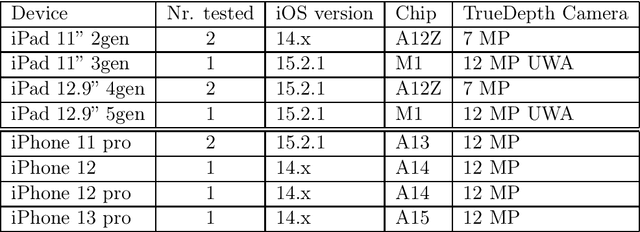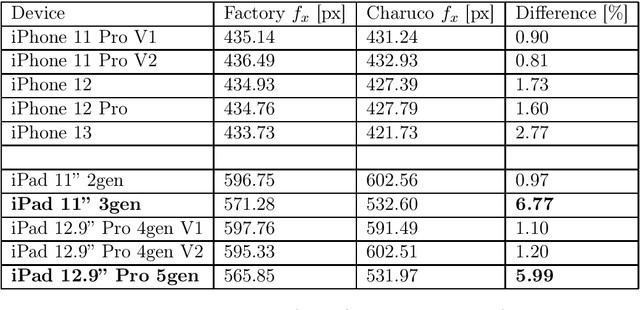Thomas Lindemeier
GS-2M: Gaussian Splatting for Joint Mesh Reconstruction and Material Decomposition
Sep 26, 2025Abstract:We propose a unified solution for mesh reconstruction and material decomposition from multi-view images based on 3D Gaussian Splatting, referred to as GS-2M. Previous works handle these tasks separately and struggle to reconstruct highly reflective surfaces, often relying on priors from external models to enhance the decomposition results. Conversely, our method addresses these two problems by jointly optimizing attributes relevant to the quality of rendered depth and normals, maintaining geometric details while being resilient to reflective surfaces. Although contemporary works effectively solve these tasks together, they often employ sophisticated neural components to learn scene properties, which hinders their performance at scale. To further eliminate these neural components, we propose a novel roughness supervision strategy based on multi-view photometric variation. When combined with a carefully designed loss and optimization process, our unified framework produces reconstruction results comparable to state-of-the-art methods, delivering triangle meshes and their associated material components for downstream tasks. We validate the effectiveness of our approach with widely used datasets from previous works and qualitative comparisons with state-of-the-art surface reconstruction methods.
On the Issues of TrueDepth Sensor Data for Computer Vision Tasks Across Different iPad Generations
Jan 26, 2022



Abstract:In 2017 Apple introduced the TrueDepth sensor with the iPhone X release. Although its primary use case is biometric face recognition, the exploitation of accurate depth data for other computer vision tasks like segmentation, portrait image generation and metric 3D reconstruction seems natural and lead to the development of various applications. In this report, we investigate the reliability of TrueDepth data - accessed through two different APIs - on various devices including different iPhone and iPad generations and reveal two different and significant issues on all tested iPads.
 Add to Chrome
Add to Chrome Add to Firefox
Add to Firefox Add to Edge
Add to Edge